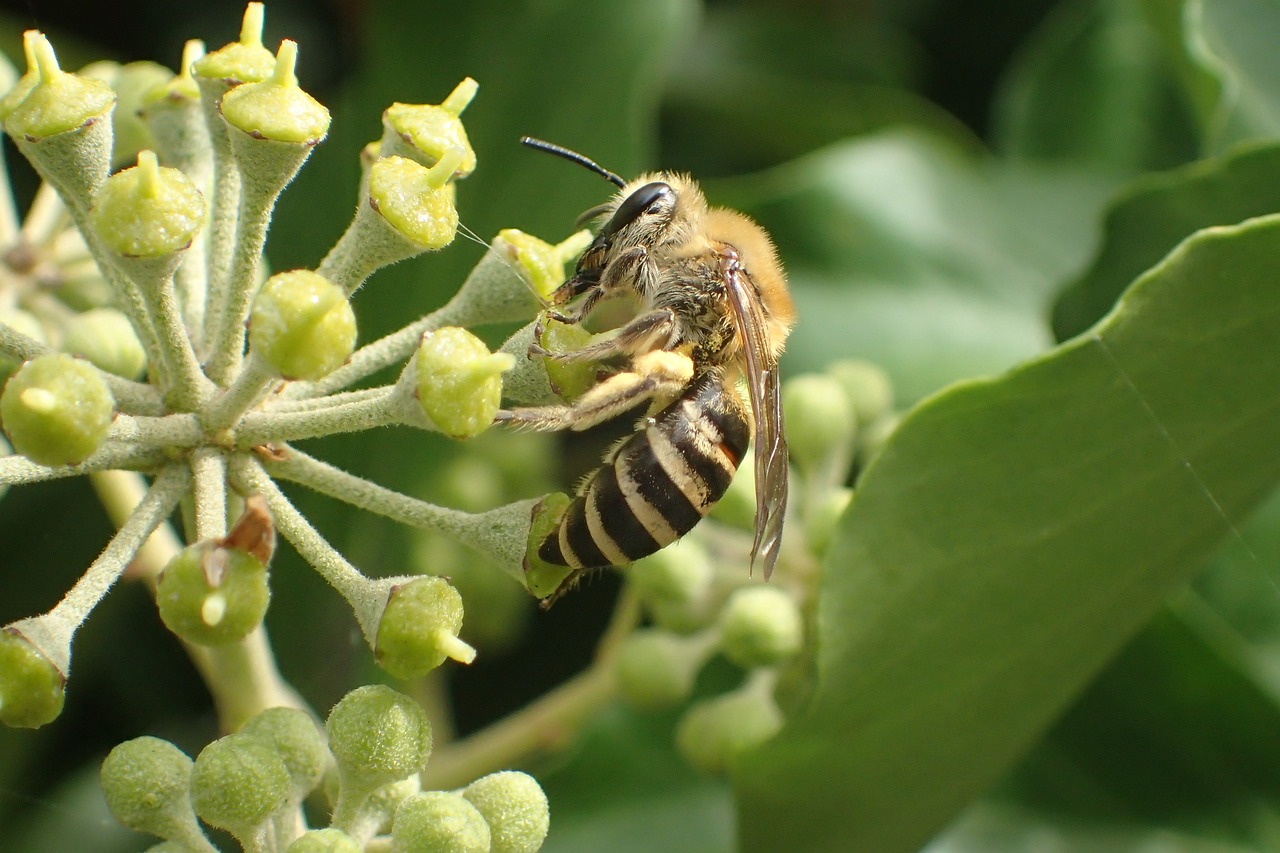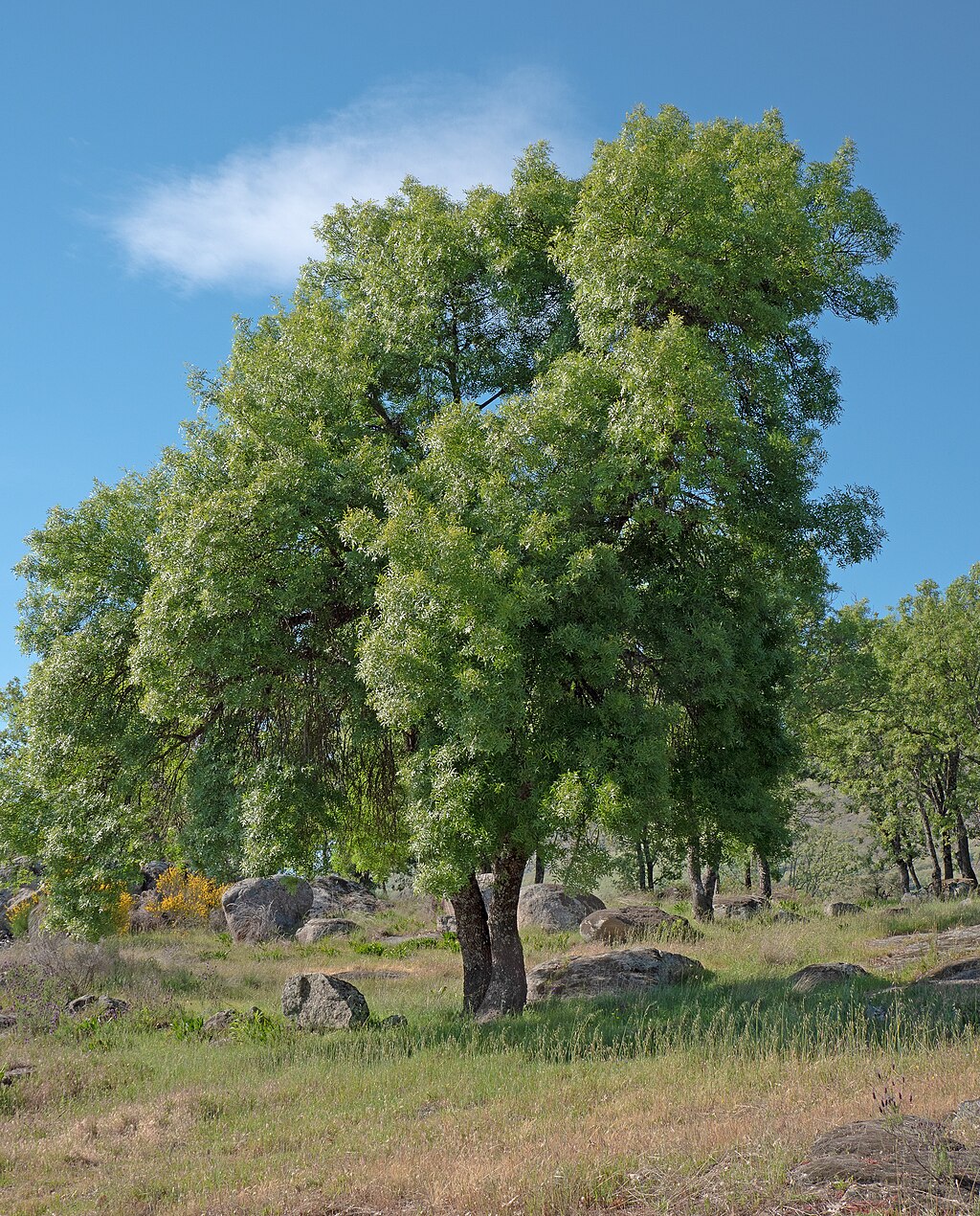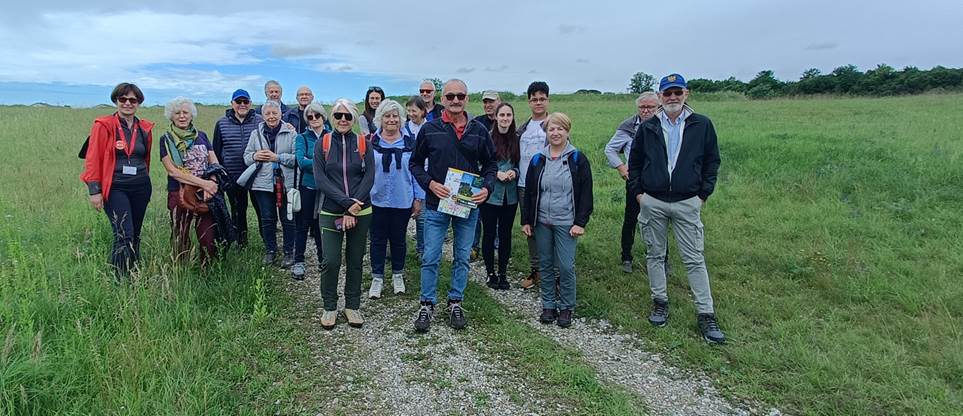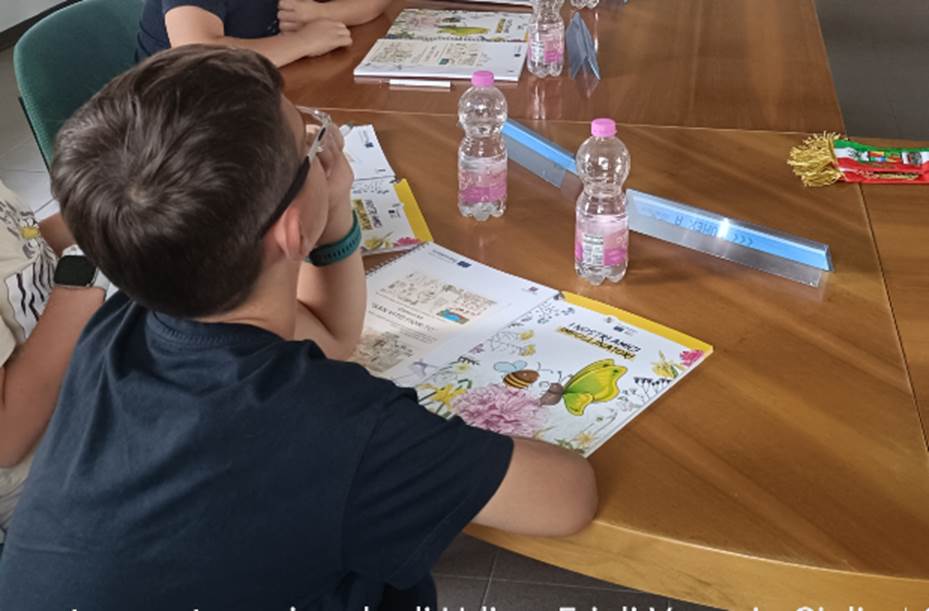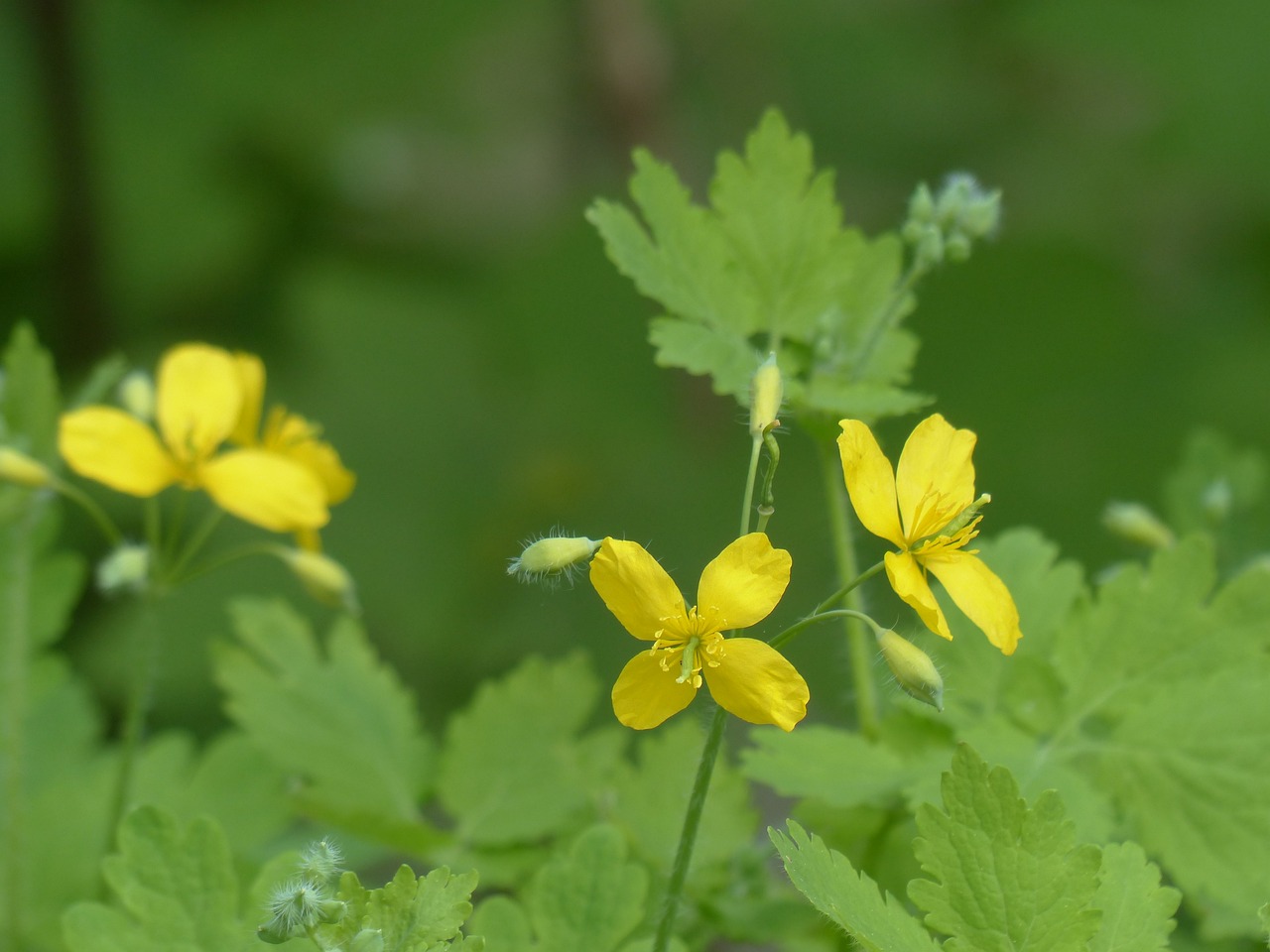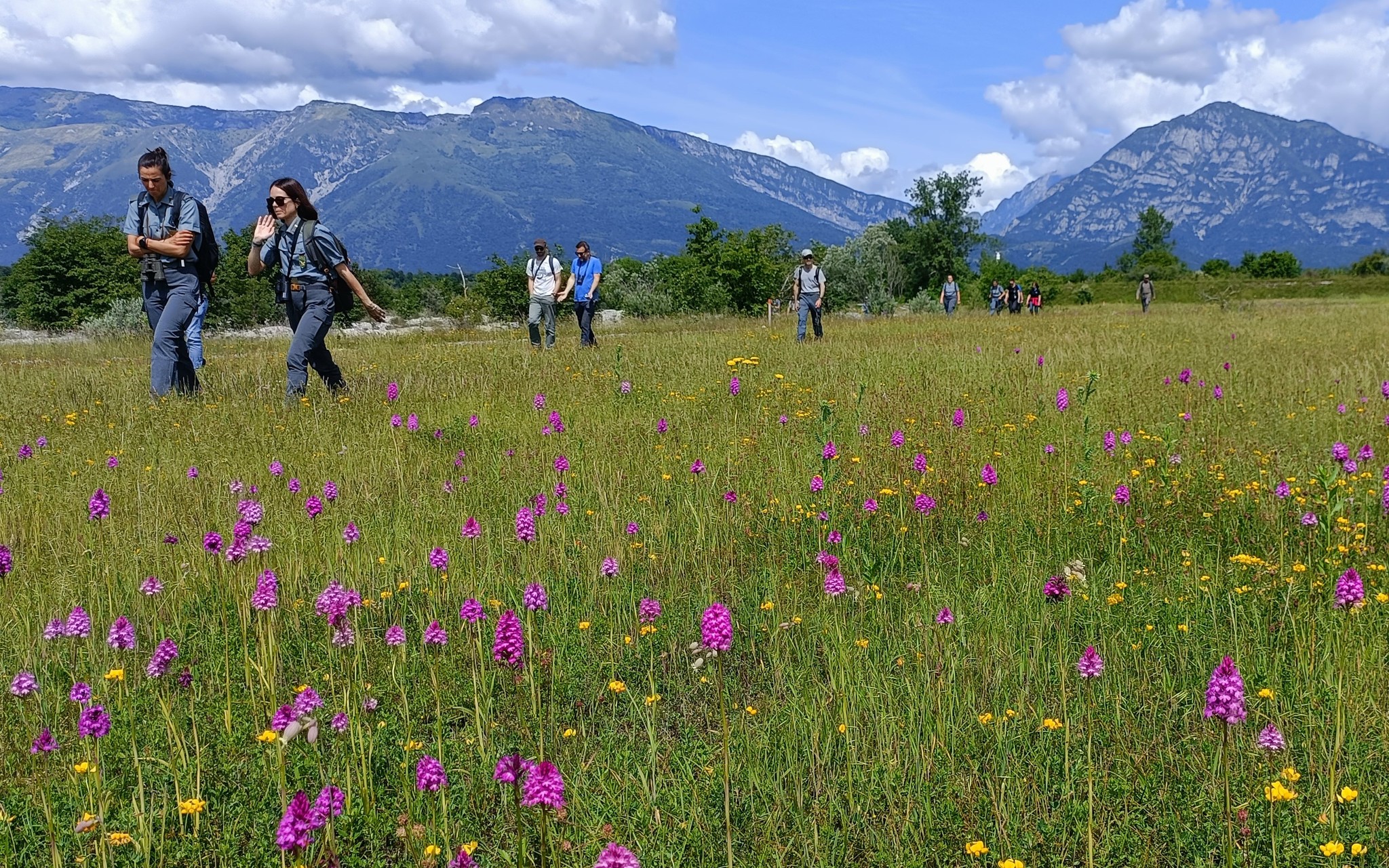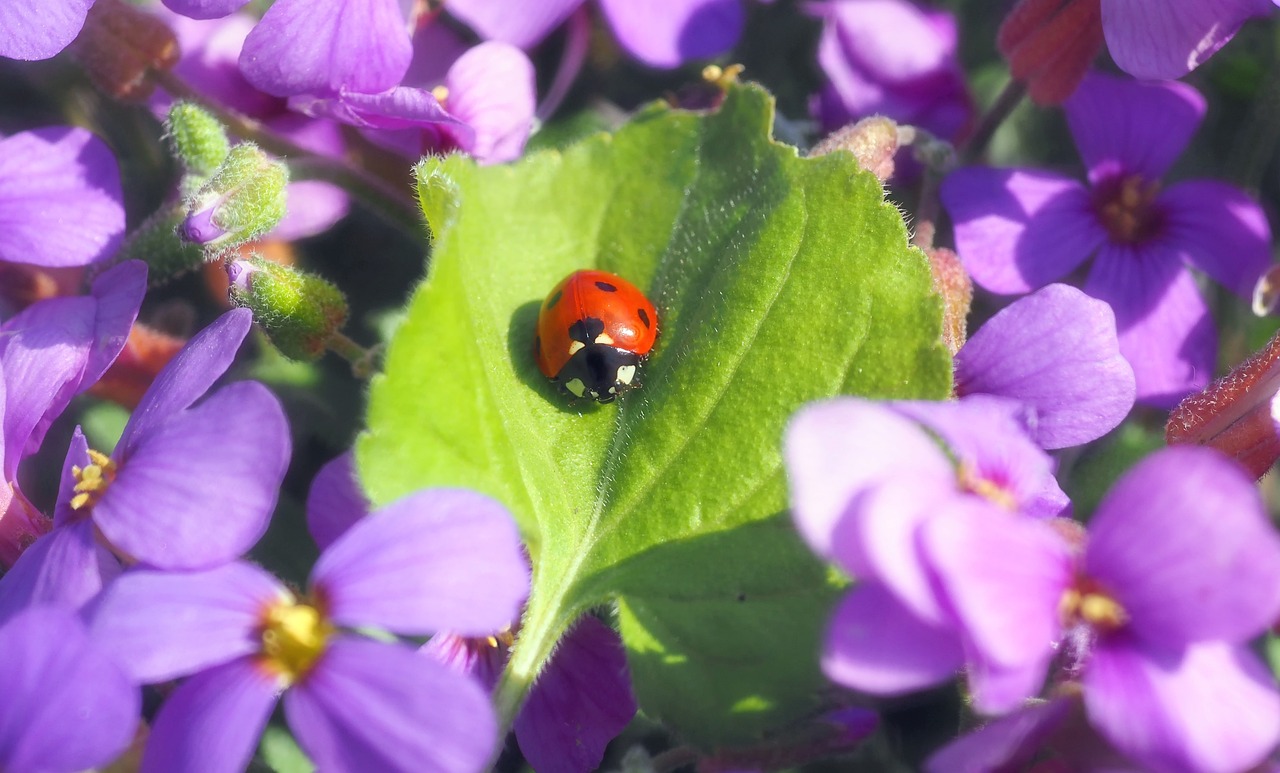Colletes hederae Ivy Bee 🐝🌿
lifepollinaction2024-08-02T17:25:50+02:00Colletes hederae Ivy Bee This medium-sized solitary bee belongs to the Colletidae family and was discovered in 1993. Colletidae have very specific dietary preferences and generally collect pollen from one or a few species of plants. For example, Colletes hederae feeds almost exclusively on ivy, so it is observed only in autumn when the plant blooms Colletes hederae nests in cavities in sandy soils. Although it is a solitary bee, it can nest in large numbers with tens of thousands of nests close together. Did you know? Colletidae line the walls of their cells with a transparent membrane... that resembles [...]


